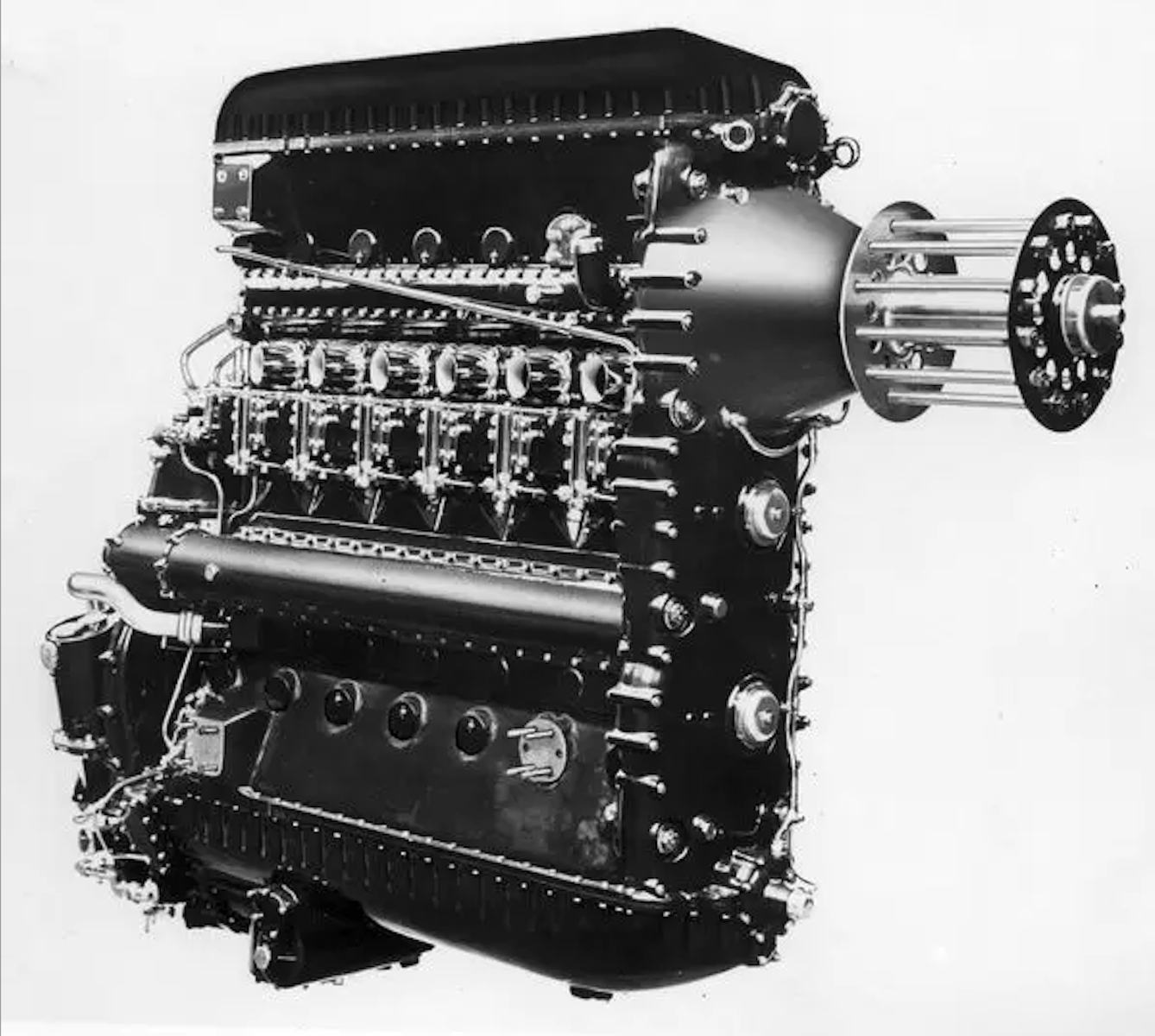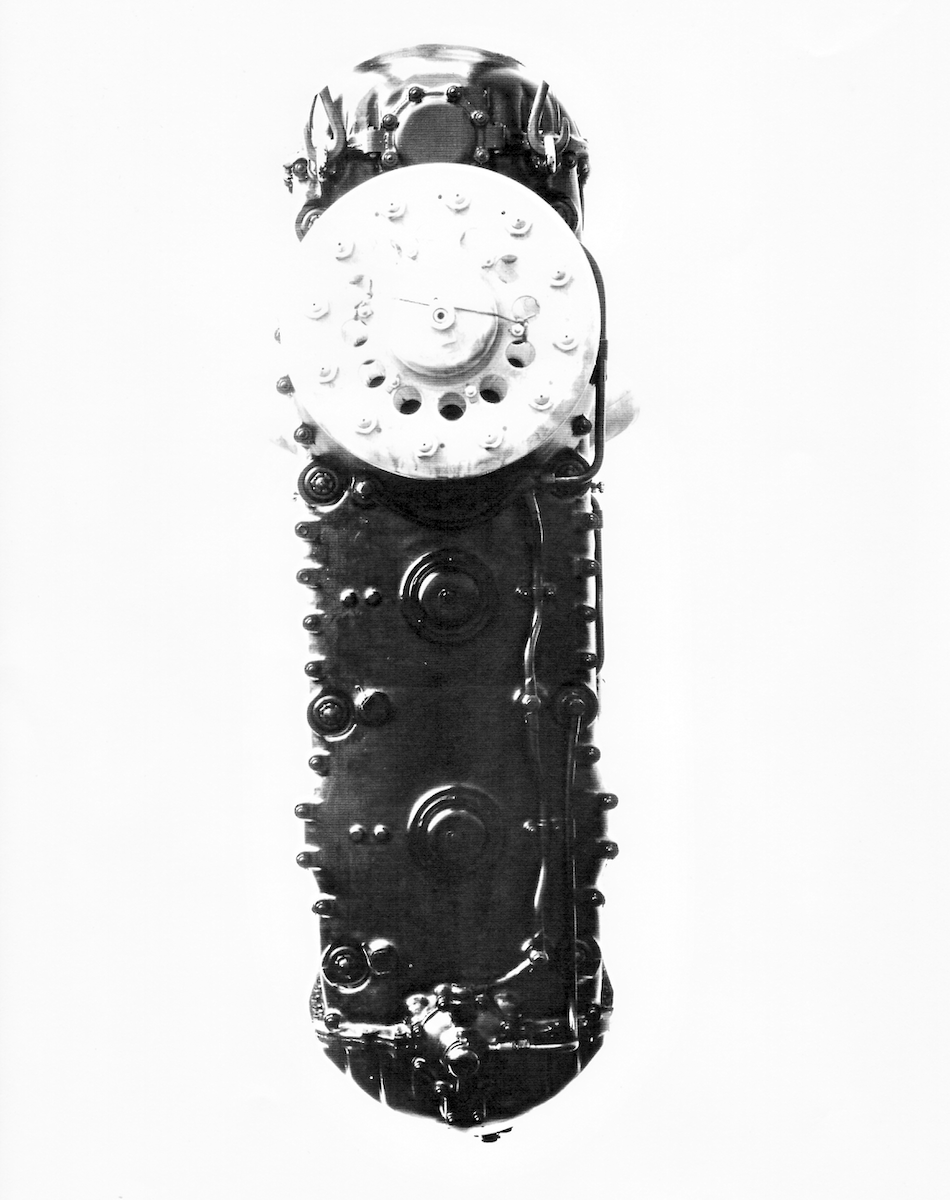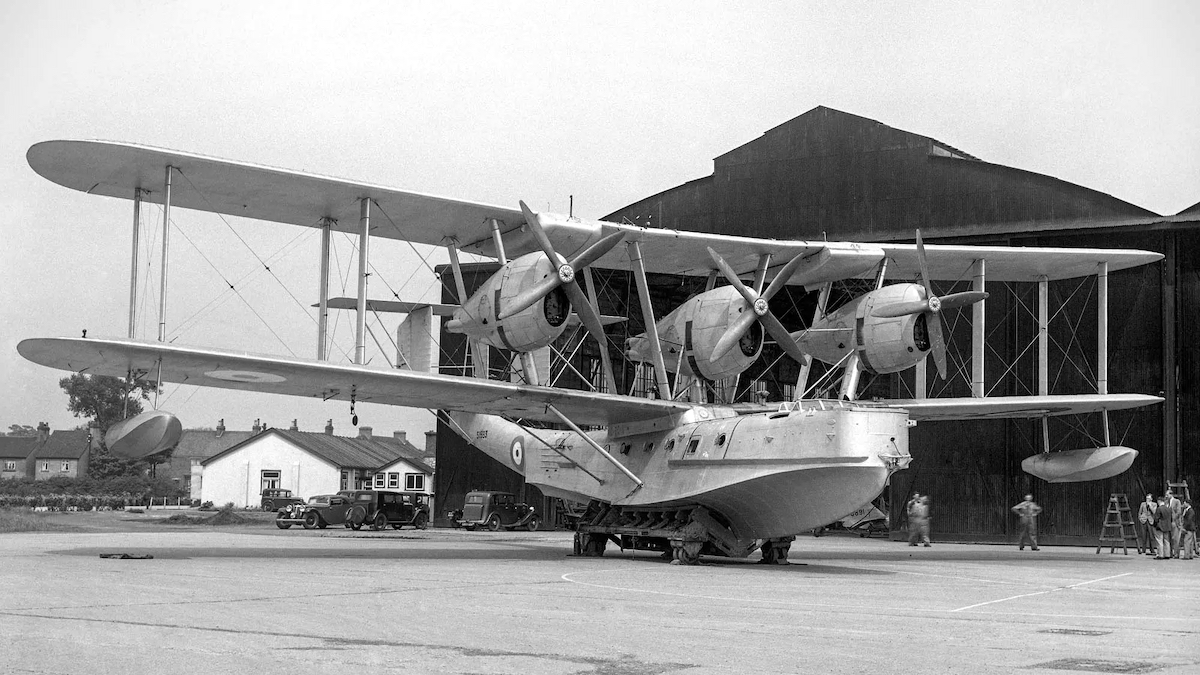Napier Culverin
In the late 1920’s the Air Ministry entered in discussions with Hugo Junkers of Dessau, Germany to produce their new 6-cylinder opposed piston compression-ignition engine which was later designated Junkers Jumo 204. The engine was fuel efficient and, being a diesel, didn’t have the inherent risk of fire that petrol engines had. The Air Ministry identified an immediate use for the engine in airships and long range patrol craft. Unfortunatey the R101 airship for which it was originally intended crashed on its maiden voyage.
Initially Vickers were approached however the Ministry turned its attention to Napiers who were asked to produce the design under licence from Junkers. This was partly in compensation for the early development work carried out on their own 24-cylinder H layout compression ignition aero engine originally designated E101 and later resurrected as the more conventional petrol E107 Napier Sabre.
By 1934 the Air Ministry had placed a contract with D Napier & Son, A.M. 303452/34C.2a, for seven Culverin engines for experimental and development use. The Jumo 204 engine design was re-drawn to imperial measurements with a bore and stroke. 4.3/4″ x 8.1/4″ and power output 720HP @ 1,700 RPM. The first engine (Serial Number 85000) completed and run on 24th September 1934; delivery of the remaining engines was to be on a monthly basis.
Junkers 204 engines has been fitted in a Hawker Horsley II (J8620) at the Royal Aircraft Establishment in Farnborough. Napier Culverin (85000) was fitted in the same aircraft for a short time between August 1936 and early 1937.
The Air Ministry wanted these engines on account of their fuel efficiency enabling reconnaissance aircraft to remain longer in the sky with the same fuel payload. To this end three Culverins were fitted in Blackburn RB1D Iris V seaplane S-1593 first flown on 9th June 1937. The engines underwent flight development testing initially near the Blackburn factory in Brough and later moving to the Marine Aircraft Experimental Establishment (MAEE) in Felixtowe. This is the same location where the RAF High Speed Flight (“The Flight”) was formed with the aim of winning the Schneider Trophy for Great Britain. This they did in 1927, 1929 and 1931 powered by a Napier Lion on the first occasion and then with the Rolls Royce R. Interestingly the Napier Culverin engined Blackburn Iris carried a serial number S-1593. Serial S-1594 was never allocated however S-1595 and S-1596 were applied to the two Supermarine S.6B aircraft prepared for the 1931 Schneider Trophy.
In 1938 the MAEE was instructed to reduce its flight testing and the unfortunate build up to WWII meant that the Culverin engine design was swept away to prepare for wartime requirements. After just 15 hours and 35 minutes flying time the engines were removed and sent by goods train to the RAE in Farnborough for storage and were later scrapped with no survivors. Whilst the Culverin production ceased after only seven engines all was not lost for the design and research work undertaken. In 1946 Napiers started to design a revolutionary marine engine based on three Culverins in a triangular layout; this was the famous Napier Deltic engine.




